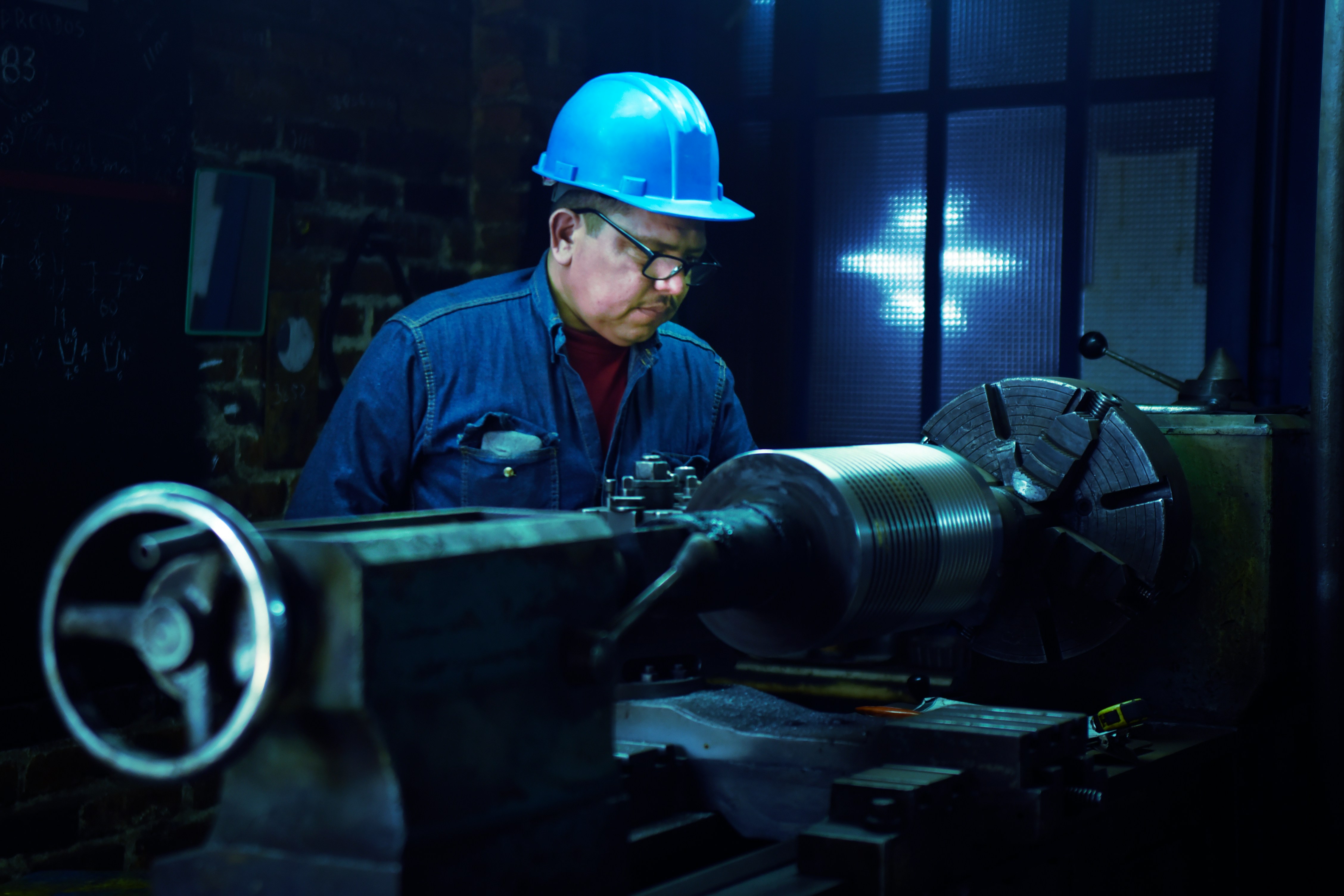
Digital Twin Technologies Reshape Industrial Equipment Maintenance
Digital replicas of equipment allow teams to monitor and maintain machines with greater precision. This article covers the main objectives behind using this technology, highlights its importance for daily operations, and prepares readers for a more detailed exploration of the subject. Readers will discover why these digital models matter for keeping machinery reliable and efficient. By the conclusion, you will have practical ideas for applying these methods to improve performance and maintenance routines in your own workshop or facility.
Advertisement
We focus on practical steps, real shop floor stories, and honest notes on where to watch out. You’ll leave with fresh ideas for boosting uptime, trimming repair costs, and making maintenance a smoother process.
Understanding Digital Twin Technology
- A digital twin acts as a live model of a physical machine, updating stats like vibration, temperature, and runtime.
- It connects sensors, cloud platforms, and data analytics tools in one loop that tracks performance over time.
- Engineers link twin models to dashboards, allowing them to test “what-if” fixes before touching real hardware.
- When AI algorithms spot odd patterns, the system flags them for deeper checks or automatic alerts.
Teams often build twins in a phased approach. They start by mapping basic data—speed, torque, heat readings—and later add advanced metrics. This combination of physics-based simulation and real-time input makes the model accurate enough for trend analysis and daily guidance.
Companies like Siemens and GE Digital provide prebuilt frameworks for common machine types such as pumps and compressors. Smaller organizations can assemble open-source libraries in Python or JavaScript and connect them to dashboards built on platforms like Grafana or Power BI.
Key Benefits for Industrial Maintenance
- Reduced Downtime: Teams detect defects long before they cause failures, cutting unplanned shutdowns by up to 40%.
- Optimized Maintenance Cycles: Twin data shows exactly when filters or seals need replacement instead of following fixed schedules.
- Spares Inventory Cuts: You order parts only when the twin predicts wear crossing a threshold, reducing excess stock.
- Root-Cause Clarity: When a fault occurs, you review the twin’s event logs to see what triggers spikes in loads or overheating.
- Collaborative Fix Planning: Engineers worldwide share the same digital model, running repair tests without traveling on site.
Each benefit connects with others. For example, shorter downtime naturally reduces spare parts use because machines break down less often. You end up with leaner teams and smaller budgets.
Pilots at steel mills and chemical plants confirm these improvements. They replace reactive repairs with smoother, data-driven routines that free staff for innovation instead of constant firefighting.
Implementation Strategies
Begin with a small asset type that provides quick insights. For example, select the most failure-prone pump in your facility. Connect its vibration and temperature sensors to an existing data logger. Input that data into a basic model built with your preferred toolset.
After resolving connectivity issues and cleaning up noisy signals, gradually add more machines. Keep thorough documentation. Record every adjustment—sensor placement, threshold settings, alert rules. This history will speed troubleshooting as you expand.
Real-World Applications
At a beverage plant in California, technicians use a twin to monitor bottling line motors. The model outputs a health score every hour. When the score drops, the team performs a quick inspection before belt wear worsens.
In a mining operation, a fleet of trucks streams data on brake temperature. The twin reveals uneven wear patterns caused by driver habits. Supervisors then modify training and adjust brake pad cycles, extending pad life by 25%.
Challenges and Considerations
- Data Quality: Garbage in, garbage out. Cleaning sensor glitches and missing data requires upfront effort.
- Integration Hurdles: Legacy equipment might not communicate easily with modern APIs. You may need protocol converters or custom scripts.
- Skill Gaps: Maintenance staff often learn best through hands-on work, not just by viewing dashboards. Plan training sessions focused on twin insights.
- Security Risks: Connecting machine controls to networks increases cyber threats. Use segmented networks and two-factor authentication for remote access.
- Budget Constraints: The complete package from a large vendor can cost six figures. Consider phased rollouts or open-source solutions if funds are limited.
Identify these pitfalls early. Conduct workshops that involve IT, operations, and shop-floor staff. Define clear roles: who installs sensors, who tunes the model, and who reviews alerts each shift.
Set up sandbox environments before working on live machines. This approach allows you to test scenarios and avoid unexpected alarms at inconvenient times.
Creating virtual copies of equipment makes maintenance proactive and data-driven, reducing costs and improving uptime. A focused pilot and gradual expansion enable any facility to adopt smarter maintenance practices and achieve smoother operations.
Advertisement